-

+86-577-57156888
-

-

+86-577-57155869
-

11th Floor, Building 6, Headquarters Economic Park, Yueqing, Zhejiang, China
How Can Water Pump Starter Prevent Overload In Industrial Systems?
Industry News-Efficient control and protection of pumping systems play a key role in maintaining operational stability in industrial environments. Devices such as the Water Pump Starter and External Bypass Soft Starter are specifically developed to manage the power delivery to water pumps, ensuring smooth motor operation while reducing the risks associated with electrical and mechanical overload. These starters are widely applied in water treatment plants, irrigation systems, and factory pipelines where equipment reliability and process continuity are essential.
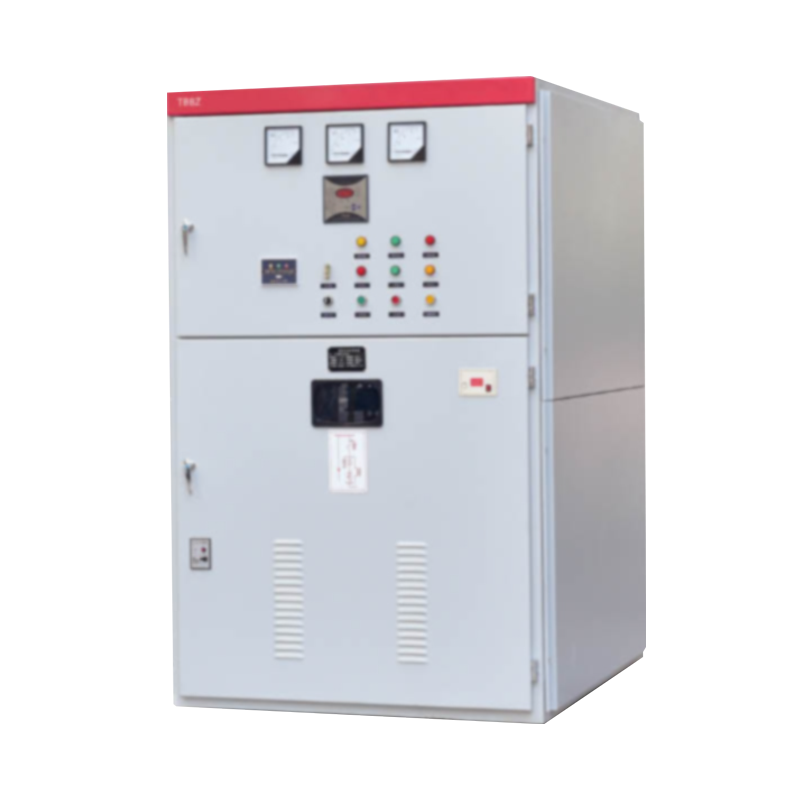
Understanding How Starters Manage Pump Operation
The function of a water pump starter extends beyond simply turning the pump on or off. It regulates the current flow to the motor during startup, preventing a sudden surge that could cause voltage drops or circuit instability. When a pump motor starts directly across the line, it can draw a current several times its rated value, which may result in excessive torque, mechanical stress, and thermal buildup. The starter mitigates this by introducing the current gradually, allowing the motor to reach operational speed under controlled conditions.
An External Bypass Soft Starter complements this function by taking over once the pump reaches full speed. Instead of keeping the current flowing through internal semiconductor components, the bypass circuit transfers the load to mechanical contacts. This process reduces heat generation, increases efficiency, and extends the lifespan of the starter. It also allows for smoother transitions during start and stop cycles, which helps protect pumps from hydraulic shock or “water hammer” effects that can damage piping systems.
Reducing Overload Through Controlled Power Delivery
Overload often occurs when the pump motor operates under excessive torque or when water flow is restricted, causing a rise in current beyond safe limits. The water pump starter helps manage these conditions by continuously monitoring the motor’s electrical characteristics. When abnormal current levels are detected, the starter can automatically interrupt the circuit or adjust parameters to prevent thermal stress.
The External Bypass Soft Starter further enhances this protection by reducing the strain on semiconductor components that control current flow. Because the bypass circuit handles the full-load current once the motor is running, the soft starter experiences less heating, lowering the likelihood of system failure.
Advantages in Industrial Applications
Industrial facilities such as wastewater treatment plants, manufacturing workshops, and pumping stations often face fluctuating demands on their pumping systems. The use of starters provides several practical benefits in these environments. Controlled acceleration and deceleration eliminate mechanical stress on couplings, seals, and impellers. Smooth starting prevents water pressure surges that can damage pipes or valves. Additionally, integrated monitoring and fault detection allow maintenance teams to identify potential overload issues before they cause motor failure or production downtime.
By implementing soft start and controlled stop functions, the starter also reduces wear on electrical components and contributes to consistent energy management. The energy savings may seem modest per cycle, but over extended operation periods, they can become significant, especially in multi-pump installations.
Smart Integration With Automation Systems
Modern water pump starters can be integrated into automation systems through digital interfaces or programmable controllers. This allows operators to remotely monitor motor status, water levels, and fault alarms in real time. The External Bypass Soft Starter plays an important role here by ensuring that switching operations remain efficient even when remotely controlled. When connected to monitoring software, the system can record current and voltage data, offering valuable insights into performance trends and helping schedule maintenance based on actual usage conditions rather than fixed time intervals.
Such data-driven operation supports predictive maintenance strategies, reducing unplanned downtime and improving resource allocation. For industries that rely heavily on water circulation—such as chemical processing, food manufacturing, and HVAC systems—this combination of smart monitoring and controlled startup ensures a more stable, energy-efficient workflow.
Enhancing System Longevity and Safety
Frequent pump failures are often caused by stress from repeated starts and stops, temperature fluctuations, or improper load management. The gradual power ramp-up provided by a Water Pump Starter limits these risks by avoiding abrupt torque application. The External Bypass Soft Starter, meanwhile, keeps the system running efficiently once the pump is up to speed, reducing internal heat and maintaining electrical balance.
In industrial environments where water pump systems operate continuously under varying loads, effective control and overload prevention are vital. Through the combined use of a water pump starter and an external bypass soft starter, facilities can achieve smoother performance, lower energy consumption, and longer equipment lifespan—all of which contribute to more dependable and efficient operation without the need for constant manual oversight.
 English
English 中文简体
中文简体 عربى
عربى
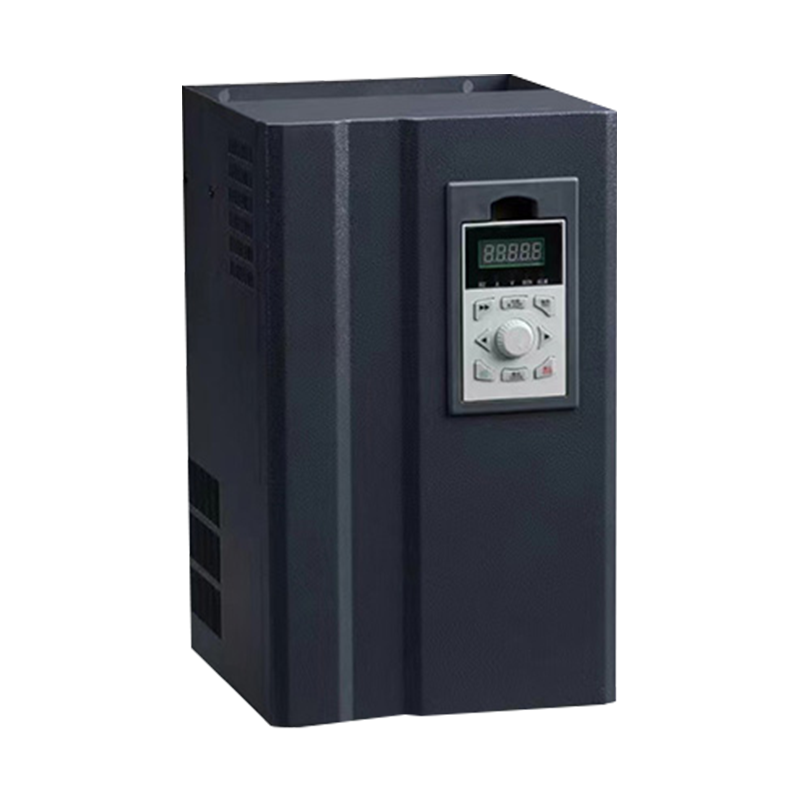

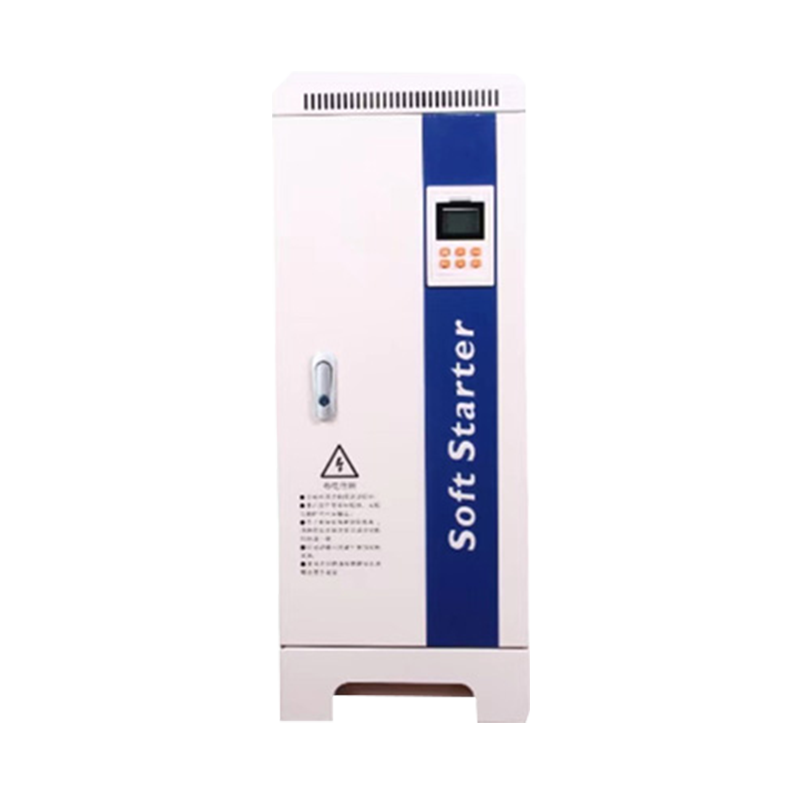
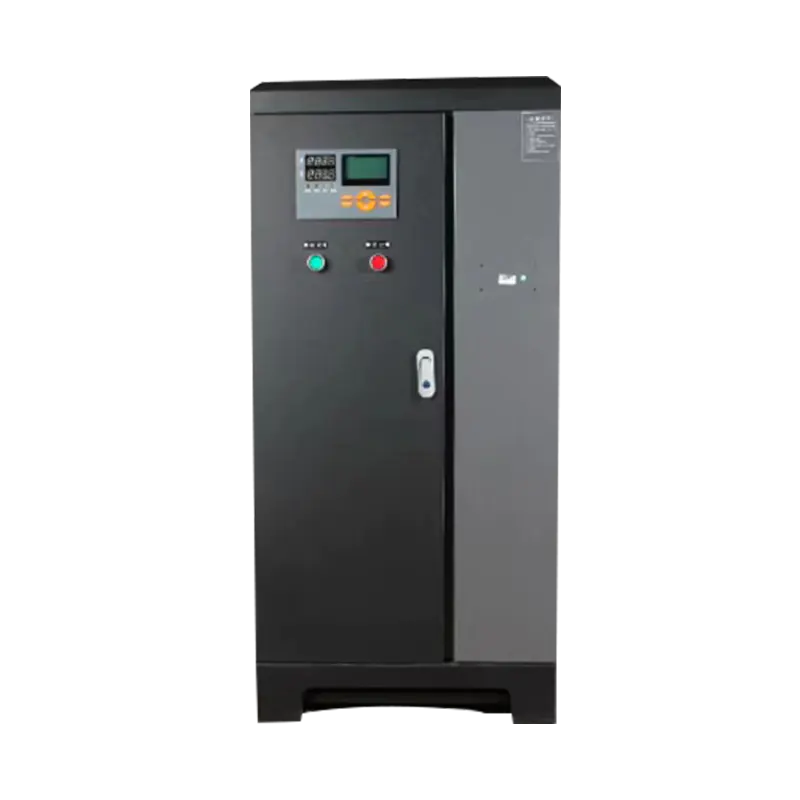

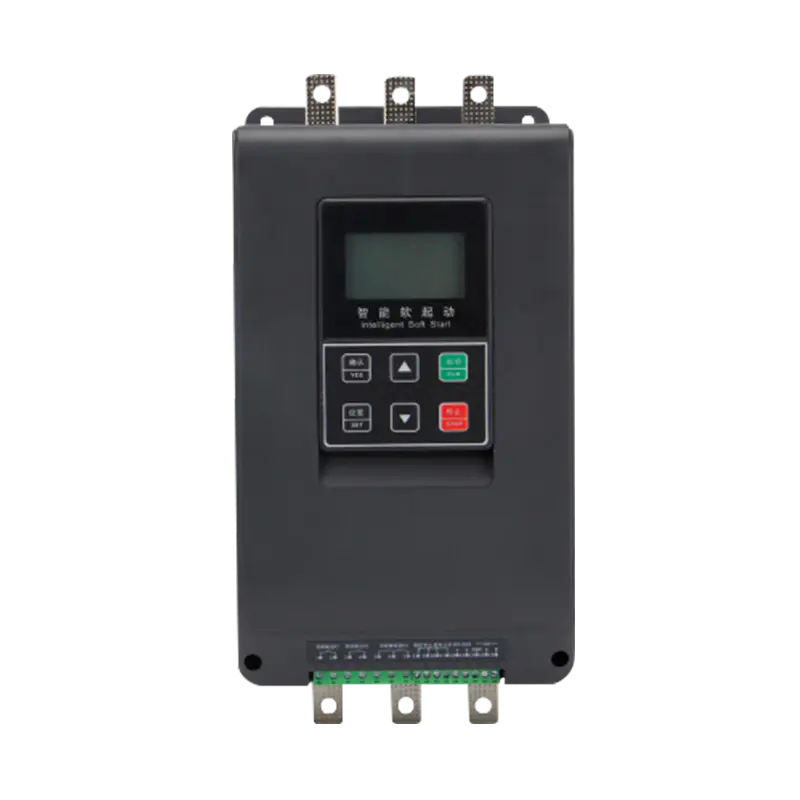

 浙公网安备33038202003754号
浙公网安备33038202003754号